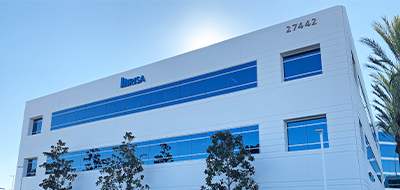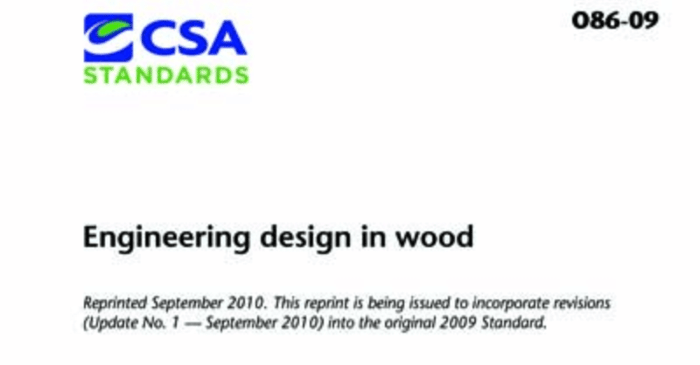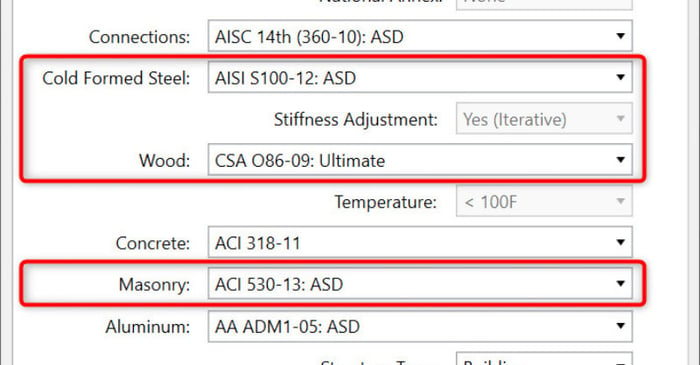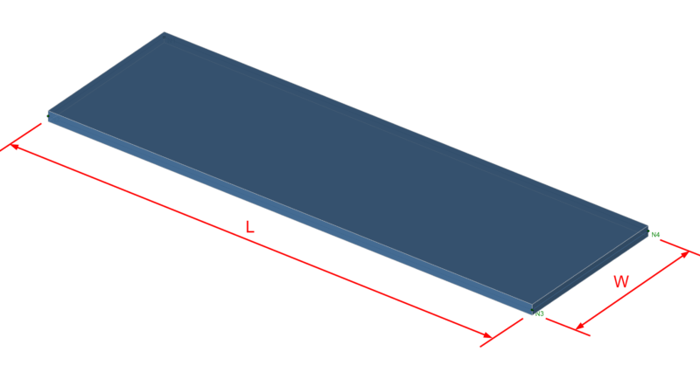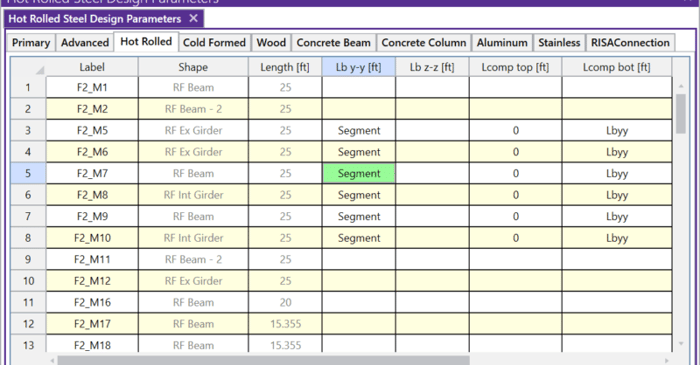
March 5, 2015
How to Model With Stem Walls in RISAFoundation
New in RISAFoundation V7 is a Stem Wall element. This element would be drawn on a slab element for the purpose of transferring wall loads into the slab. You can add stem walls either from the Draw Stem Walls dialog.



